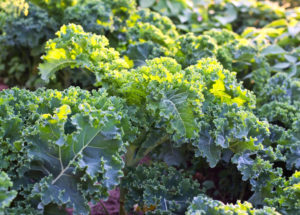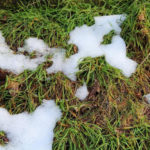In recent years, summer residents have finally begun to get rid of their inherent conservatism and are increasingly interested in Eastern cultures. If you decide to diversify the range of vegetables grown by some unusual plant, pay attention to the Mizuna – cabbage leaf, which is sure to conquer you with its many advantages.
Plant description
Mizuna (Brassica rapa subsp. nipposinica var. laciniata) belongs to the family of Cabbage and Botanical characteristics, it is the closest relative of the Chinese cabbage. The head does not form, and the crop gives in the form of a lush rosette of green or purple leaves, which can reach a height of 40-50 cm.
Mizuna is called Japanese cabbage for its Asian origin: the birthplace of this culture is the land of the rising sun. And in Japan, as you know, that horrible do not grow and do not eat, there are valued plants that combine taste and benefit.

These are the characteristics of the delicate leaves of the mizuna, also called green mustard — it gives a spicy and very pleasant aftertaste, although mustard oils it contains much less than in this mustard leaf. The leaves of this cabbage are not only very tasty, but also incredibly useful – it is a real storehouse of vitamins and minerals.
And in combination with precocity (the harvest can be collected in a month after planting), high yield and unpretentiousness in the care of Mizuna among other Eastern crops becomes the number 1 contender for permanent residence in our beds.

Japanese cabbage, planted in early spring, will continue to delight you with a generous harvest of vitamin greens until late autumn – the leaves grow very quickly after each cut. By the end of the season at the base of the outlet formed a small cone-shaped root, it is quite edible and tastes like rutabagas.
In the second year of the growing season the plant grows a flower stalk and seed yields. However, some specimens often begin to reproduce in the first season – in early summer go in color (the reason – too long daylight hours).

In addition to the many “inner” qualities, mizuna draws attention to itself remarkable appearance. Its small nondescript flowers do not cause delight, but the leafy rosette, made up of beautiful carved leaves, can give odds to many decorative cultures. This Asian Princess will decorate any garden bed, and will also be a great companion for flower crops growing in the flower garden.
Cultivation
You can try to grow Japanese cabbage through seedlings. In this case, the seeds are planted immediately in separate cups, as this culture does not tolerate damage to the root system, and seedlings are transplanted to the garden at the age of 17-20 days.
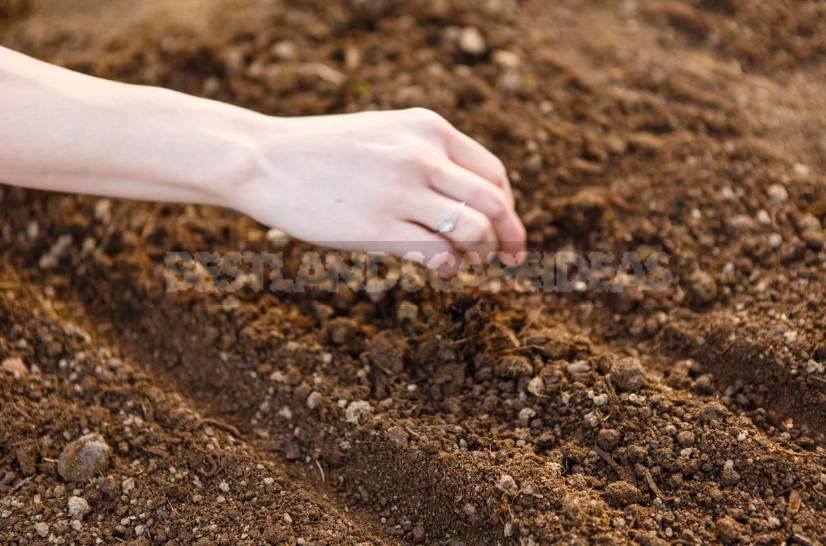
Since the seeds of mizuna germinate already at a temperature of +3…+4°C, and young shoots withstand short-term freezing to -5°C, it is much easier (and safer) to immediately sow Japanese cabbage on a bed in the open ground or a greenhouse. To obtain a continuous conveyor of vitamin greens, sowing can be carried out in several terms with an interval of 12-15 days.
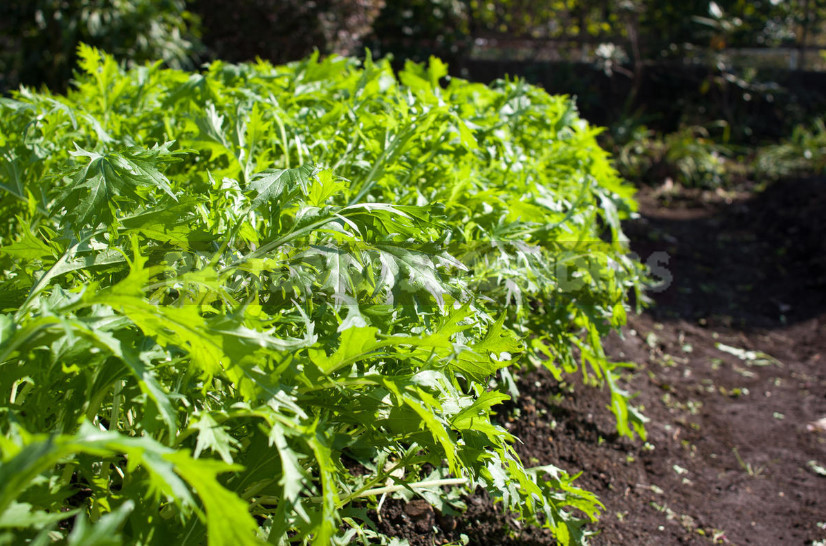
This cabbage leaf will develop better in an open Sunny area. In the shade of taller plants, its leaves are not so bright, and the rosette is less lush. Mizuna is affected by the same diseases as other members of the Cabbage family, so do not plant it after “relatives” — other types of cabbage, radish, daikon.
Landing
Japanese cabbage will be fine to develop on a light fertile soil. Therefore, preparing a bed for planting, make each m² half a bucket of humus and 1-2 cups of wood ash, and then dig the ground on the bayonet shovel. On sandy soils to improve water holding capacity under digging bring clay, and heavy clay soil, on the contrary, loosen sand or rotted sawdust.
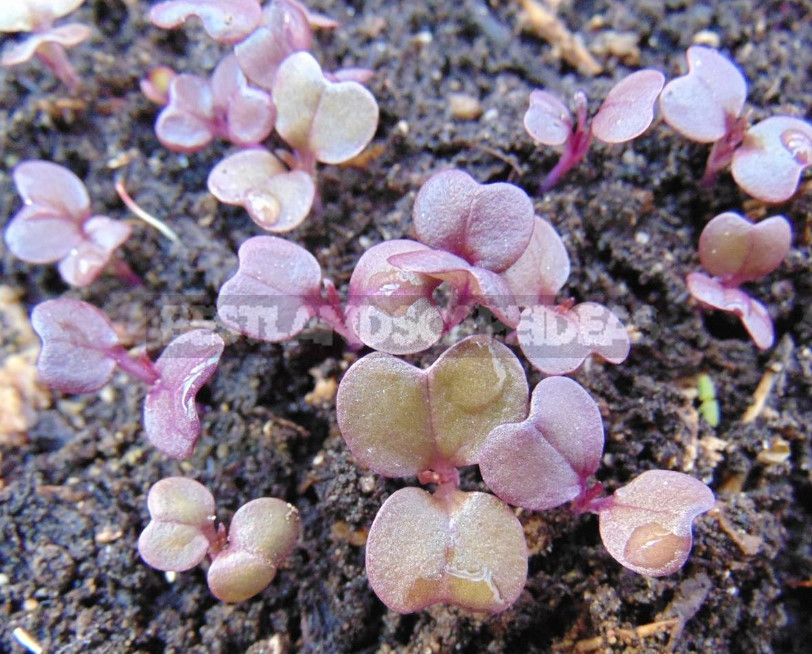
Mizun seeds retain excellent germination for 3 years after harvest. Before planting them you need to disinfect, but to soak optional – they are perfectly germinate in 3-5 days.
Seeds of this culture are smaller than white cabbage – the size of poppy seeds. Therefore, when planting them, they are buried no more than 0.5 cm, sowing in shallow furrows located on the bed at an interval of 30 cm. After the emergence of seedlings, the plants are thinned, leaving an interval of 25-30 cm between them. With a thickened planting, the Mizuna forms underdeveloped leaf rosettes and loses productivity.



